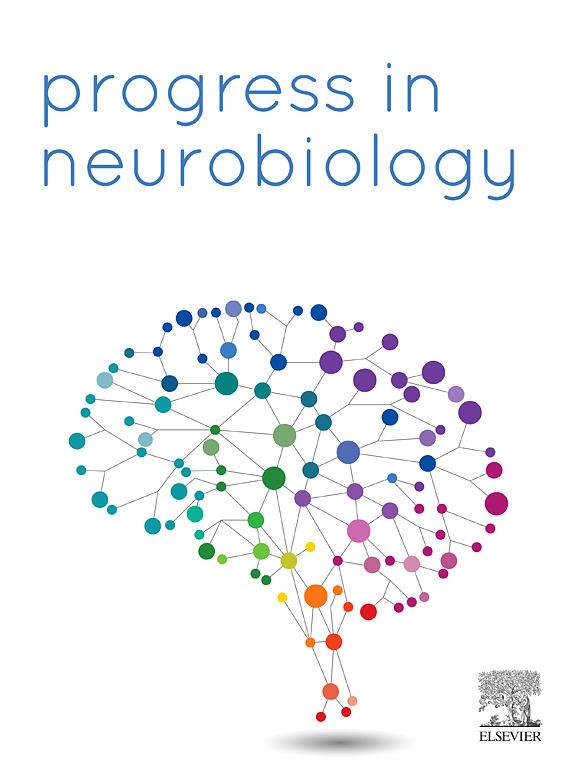Glutamatergic neurons of basolateral amygdala mediate increased exploratory behaviors produced by mildly chronic restraint stress in adolescent mice
IF 6.1
2区 医学
Q1 NEUROSCIENCES
引用次数: 0
Abstract
In response to stressors, individuals manifest varied behavioral responses directed toward satisfying physiological survival needs. Although the enduring effects of adolescent stress on both humans and animals are well-documented, the underlying mechanisms remain insufficiently elucidated. Utilizing immunofluorescence, viral injections, and brain slice electrophysiological recordings, we have delineated that heightened excitability among glutamatergic neurons in the basolateral amygdala (BLA) is responsible for inducing heightened exploratory behaviors in adolescent mice subjected to mild, chronic restraint stress. Activation of BLA glutamatergic neurons through chemogenetics increases exploratory behaviors in emotional assessments, whereas inhibition of these neurons diminishes exploratory behaviors in measures such as the open field and elevated plus maze test. Furthermore, an upregulation of glutamate receptor expression and a concomitant downregulation of GABA receptor expression in BLA glutamatergic neurons have been associated with enhanced exploratory behaviors, validated through in vivo receptor antagonists. These findings unveil the protective role of mild stress exposure during adolescence against adversity, providing novel insights for addressing stressful events.
青春期小鼠基底外侧杏仁核谷氨酸能神经元介导轻度慢性约束应激产生的探索行为增加。
个体在应激反应中表现出不同的行为反应,以满足生理生存需求。尽管青少年压力对人类和动物的持久影响已被充分证明,但其潜在机制仍未得到充分阐明。利用免疫荧光、病毒注射和脑切片电生理记录,我们已经描述了基底外侧杏仁核(BLA)谷氨酸能神经元之间的兴奋性增强是导致青春期小鼠在轻度、慢性约束压力下增强探索行为的原因。通过化学遗传学激活BLA谷氨酸能神经元会增加情绪评估中的探索性行为,而抑制这些神经元会减少开放性和高程迷宫测试中的探索性行为。此外,在BLA谷氨酸能神经元中,谷氨酸受体表达的上调和GABA受体表达的下调与探索性行为的增强有关,这一点已通过体内受体拮抗剂得到验证。这些发现揭示了青春期轻度压力暴露对逆境的保护作用,为解决压力事件提供了新的见解。
本文章由计算机程序翻译,如有差异,请以英文原文为准。
求助全文
约1分钟内获得全文
求助全文
来源期刊

Progress in Neurobiology
医学-神经科学
CiteScore
12.80
自引率
1.50%
发文量
107
审稿时长
33 days
期刊介绍:
Progress in Neurobiology is an international journal that publishes groundbreaking original research, comprehensive review articles and opinion pieces written by leading researchers. The journal welcomes contributions from the broad field of neuroscience that apply neurophysiological, biochemical, pharmacological, molecular biological, anatomical, computational and behavioral analyses to problems of molecular, cellular, developmental, systems, and clinical neuroscience.
 求助内容:
求助内容: 应助结果提醒方式:
应助结果提醒方式:


